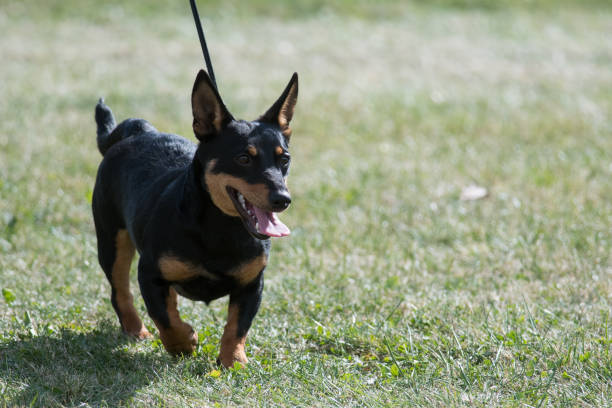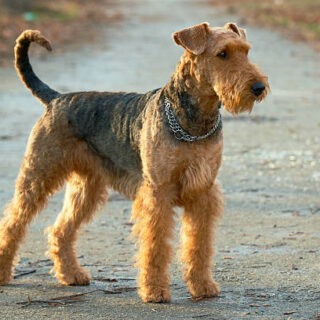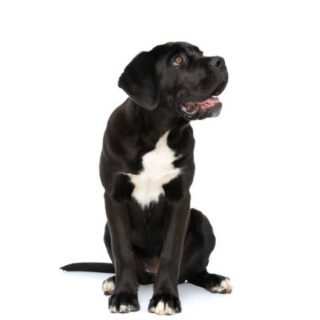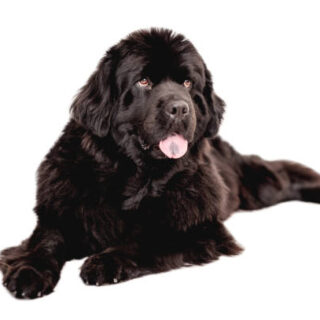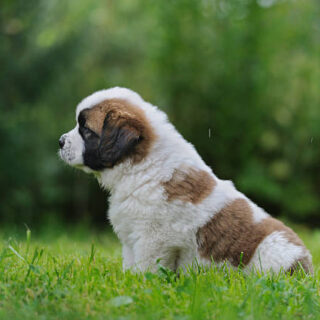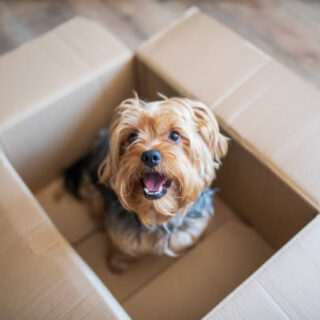Your cart is currently empty!

Single Product
Lancashire Heeler
Lancashire Heeler Lancashire Heeler: It is thought that the breed is the result of a cross between the Welsh Corgi and the Manchester Terrier dating back to the time when cattle were herded from Wales to the markets in the Ormskirk area. Indeed, the breed has been very popular in that area long before recognition…
Description
Lancashire Heeler
Lancashire Heeler: It is thought that the breed is the result of a cross between the Welsh Corgi and the Manchester Terrier dating back to the time when cattle were herded from Wales to the markets in the Ormskirk area. Indeed, the breed has been very popular in that area long before recognition from The Kennel Club and was known as the Ormskirk Heeler or the Ormskirk terrier. The breed is a happy combination, inheriting the distinguishing thumbs marks on the front legs from the Manchester and the lowness to ground and heeling instinct from the corgi. Lively, intelligent and long lived the Lancashire Heeler has gained some well-deserved popularity as a family dog.
General appearance
Small, powerful, sturdily built, alert energetic worker.
Characteristics
Works cattle but has terrier instincts when rabbiting and ratting
Temperament
Courageous, happy, affectionate to owner.
Head and skull
In proportion to body. Skull flat and wide between ears, tapering towards eyes which are set wide apart. Moderate stop equidistant between nose and occiput. Tapering continues towards nose. Skull and muzzle to be on parallel planes.
Eyes
Almond-shaped, medium size, dark colour except in liver where they may be lighter to match coat colour.
Ears
Showing alert lift, or erect. Drop ears showing no lift undesirable.
Mouth
Lips firm. Scissor bite jaws strong with a perfect, regular and complete scissor bite, i.e. upper teeth closely overlapping lower teeth and set square to the jaws. Under or overshot to be discouraged.
Neck
Moderate length, well laid into shoulders.
Forequarters
Well-laid shoulder, elbows firm against ribs. Amply boned. Pasterns allow feet to turn slightly outwards, but not enough to cause weakness or affect freedom of movement.
Body
Well-sprung ribbing, extending well back with close coupling. Firm, level topline, never dipping at withers or falling at croup. Approximately 2.5 cms (1 in) longer than height at withers. (Measured from withers to set on of tail).
Hindquarters
Muscular, with well-turned stifles, hocks well let down. From rear should be parallel, when moving or standing. Never bandy or cowhocked.
Feet
Small, firm and well padded.
Tail
Set on high, left natural. Carried over back in a slight curve when alert, but not forming a complete ring.
Gait/movement
Smart and brisk. Natural, free movement.
Coat
Fine undercoat is covered throughout by weather resistant, short, thick, hard, flat topcoat. Topcoat slightly longer on neck. Undercoat should not show through topcoat nor allow any longer hair at the mane to stand off. Long or excessively wavy coat highly undesirable.
Colour
Black and tan or liver and tan with pigment to tone with coat colour, with rich tan spots on cheeks and often above eyes. Rich tan on muzzle and chest and from knees downwards, inside hind legs and under tail. A distinct black or liver mark (thumb mark), according to coat colour, immediately above front feet is desirable. Richness of tan may fade with age. White to be discouraged. A small white spot on forechest, although permissible is undesirable.
Size
Ideal height at shoulder: dogs: 30 cms (12 ins); bitches: 25 cms (10 ins).
Faults
Any departure from the foregoing points should be considered a fault and the seriousness with which the fault should be regarded should be in exact proportion to its degree and its effect upon the health and welfare of the dog and on the dogs ability to perform its traditional work.
Note
Male animals should have two apparently normal testicles fully descended into the scrotum.
